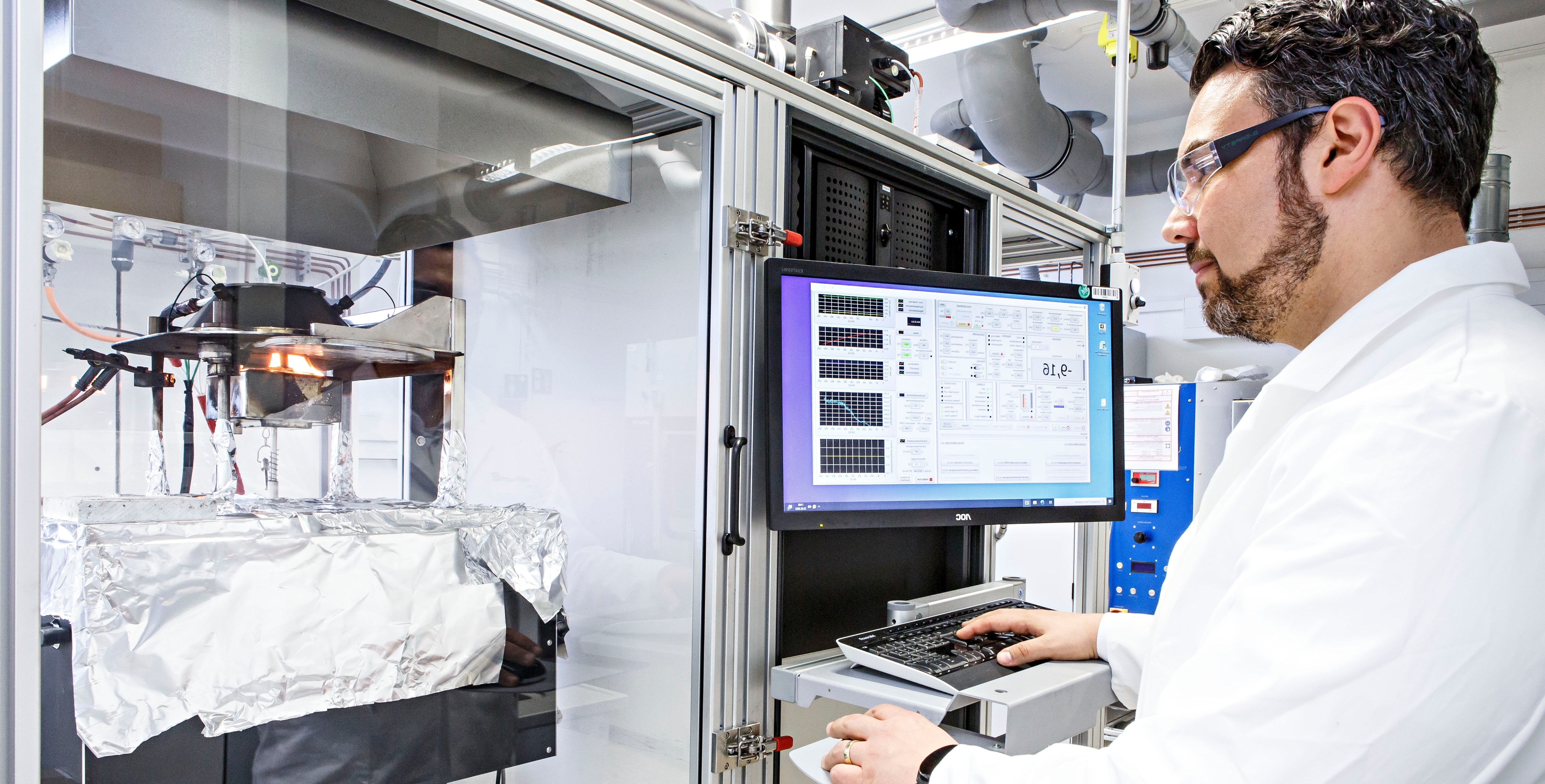Fair PRSE, Recyclates, Sustainability
Standard-compliant flame retardancy for post-consumer recyclates in specific applications
At a time when environmental sustainability is paramount, recyclates are of central importance in industry. Due to EU regulations and waste reduction targets, their use has increased significantly. However, a major challenge is to ensure that post-consumer recyclates meet safety standards, especially in terms of flame retardancy. Upgrading with effective halogen free flame retardants is essential. Teams of experts at the Fraunhofer Institute for Structural Durability and System Reliability LBF are working intensively on EU regulations and the need for halogen free flame retardancy in specific applications. The focus is on technical and strategic considerations from which many industries can benefit. Fraunhofer LBF will present the results at the Plastics Recycling Show Europe, Amsterdam, June 19-20, 2024, booth A22.
In numerous applications, such as automotive engineering, electronics and electrical engineering, cables and films, plastics must be flame-retardant. To this end, the researchers are investigating a wide range of plastics from various sources (PCR and PIR). These include polypropylene (PP) and polycarbonate/acrylonitrile butadiene styrene (PCABS) from WEEE as well as PP and linear low-density polyethylene (LLDPE) from the packaging sector; polyamide 6 from maritime applications, polyamide 66 from production waste and PET from printed packaging films. Depending on the individual application, the recyclates are compounded with flame retardants, glass fibers, processing aids and stabilizers.
Proven resistance to flames
With adapted additive formulations, satisfactory flame-retardant properties were achieved for all types of plastic from different waste streams. For films made of polypropylene (PP) and polyethylene (LLDPE), a classification according to DIN 4102 - B2 for building materials was achieved. Glass fiber-reinforced polyamide 6 (PA 6), polyamide 66 (PA 66) and polyethylene terephthalate (PET) as well as unfilled PA 66 and PCABS achieved the UL 94 V-0 classification.
The current results regarding the flame retardancy of plastic recyclates are very promising. The research shows that recyclates of different types and origins can be effectively treated with flame retardants. These results pave the way for further investigations and developments to improve the fire protection properties of recycled plastics. In this way, manufacturers, and users of recyclates can contribute to a more sustainable and safer future for plastics recycling initiatives.

Methods for the characterization of recyclates
The composite materials are further processed into test specimens by injection molding and film casting and then extensively tested for their flame retardancy and mechanical properties. In addition, the materials are subjected to thermal aging to analyze the change in properties over time.
Various methods are used to characterize the recyclates and compounds, including thermogravimetric analysis (TGA), differential scanning calorimetry (DSC) and oxidation induction temperature (OIT).
Flame retardancy tests are carried out in accordance with UL 94 for test specimens and DIN 4102-B2 for films as well as fire behavior tests in the cone calorimeter (ISO 5660). To assess the electrical fire behavior, Comparative Tracking Index (CTI) according to DIN EN 60112 and Glow-Wire Ignition Temperature (GWIT) according to IEC 60695-2-13 are tested. The strength properties are determined in accordance with DIN EN ISO 527, and thermal ageing is carried out in a convection oven at different temperatures in accordance with ISO 4577
Last modified:
 Fraunhofer Institute for Structural Durability and System Reliability LBF
Fraunhofer Institute for Structural Durability and System Reliability LBF